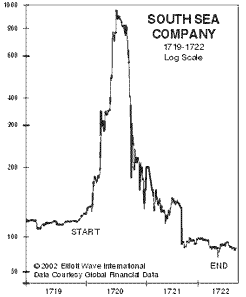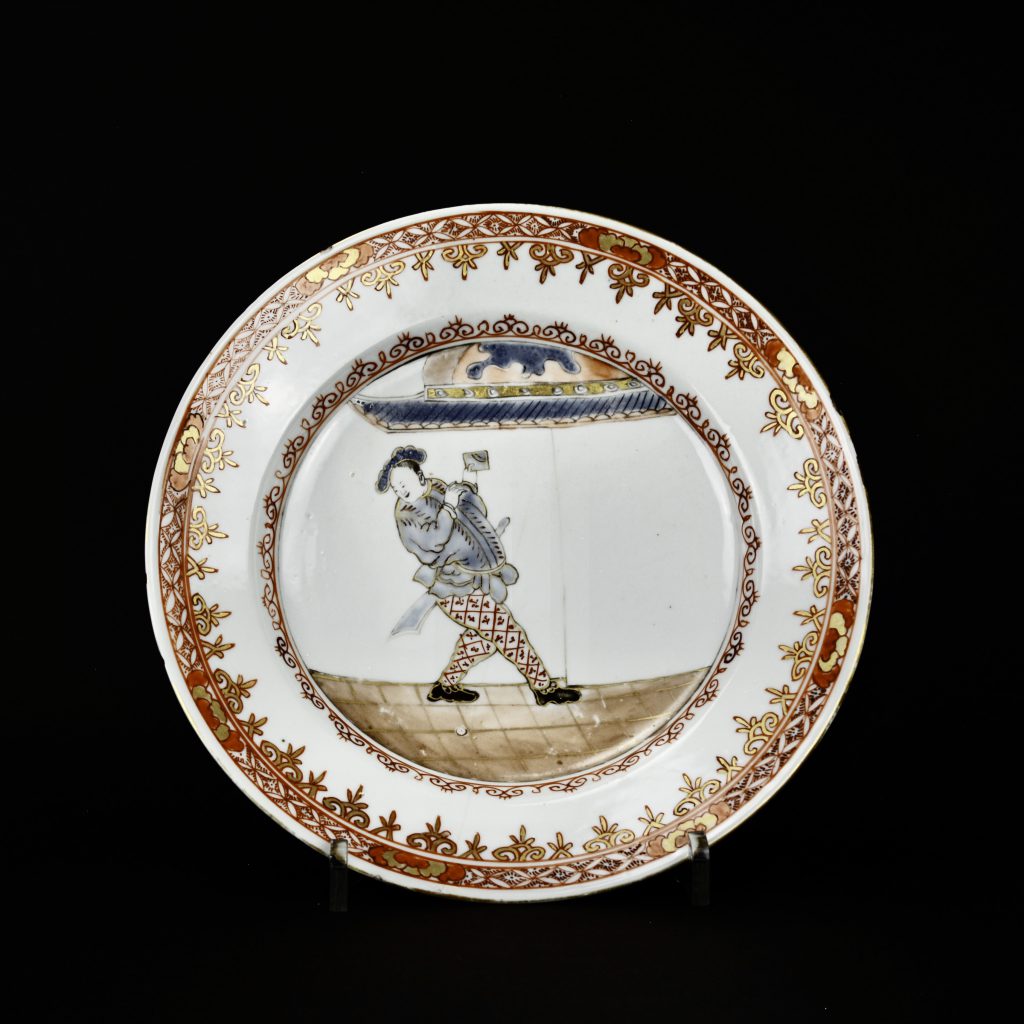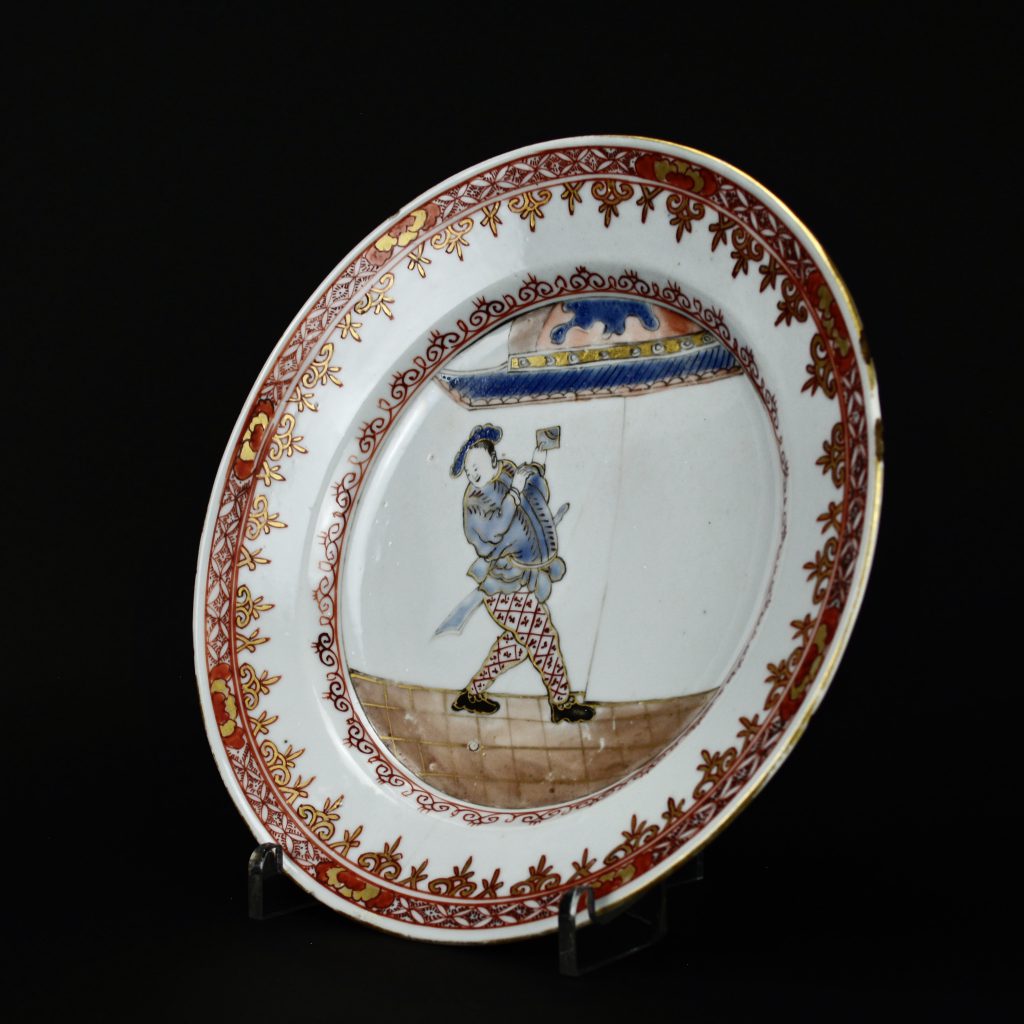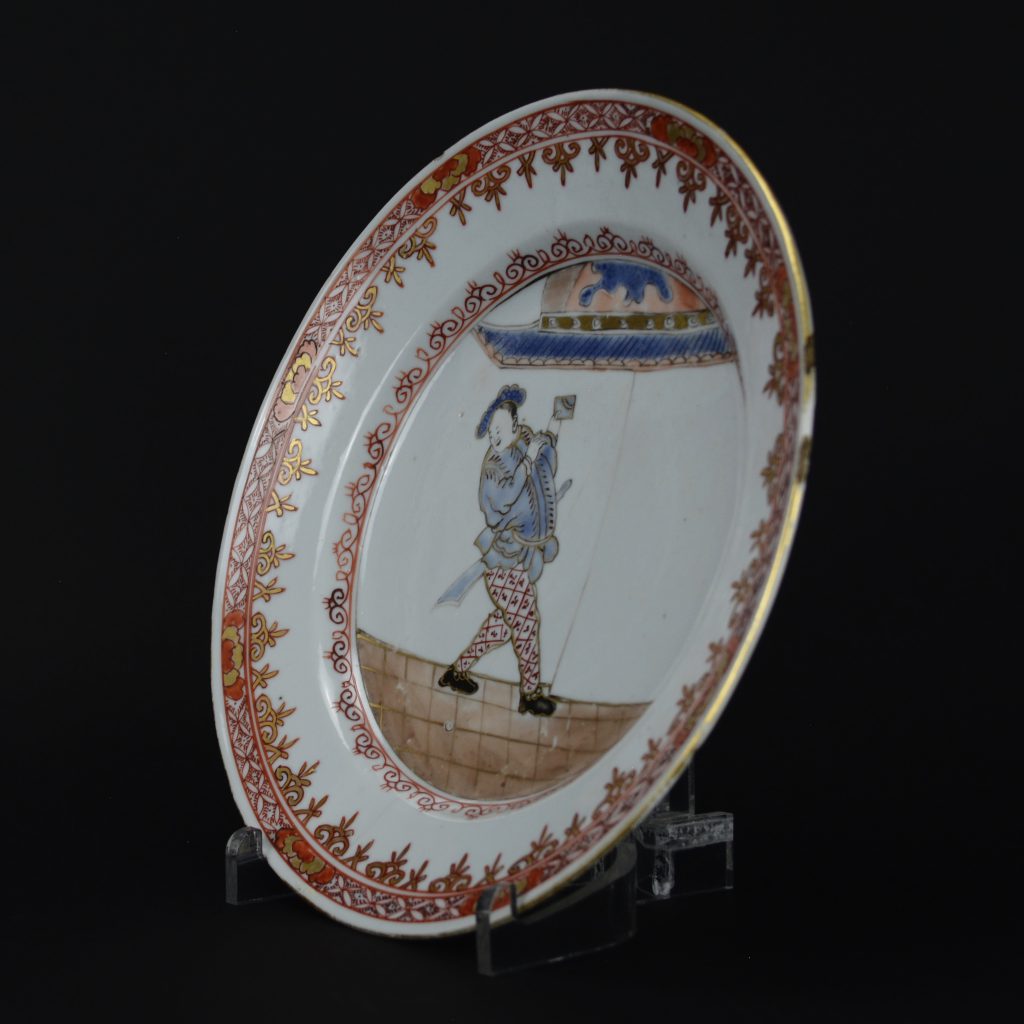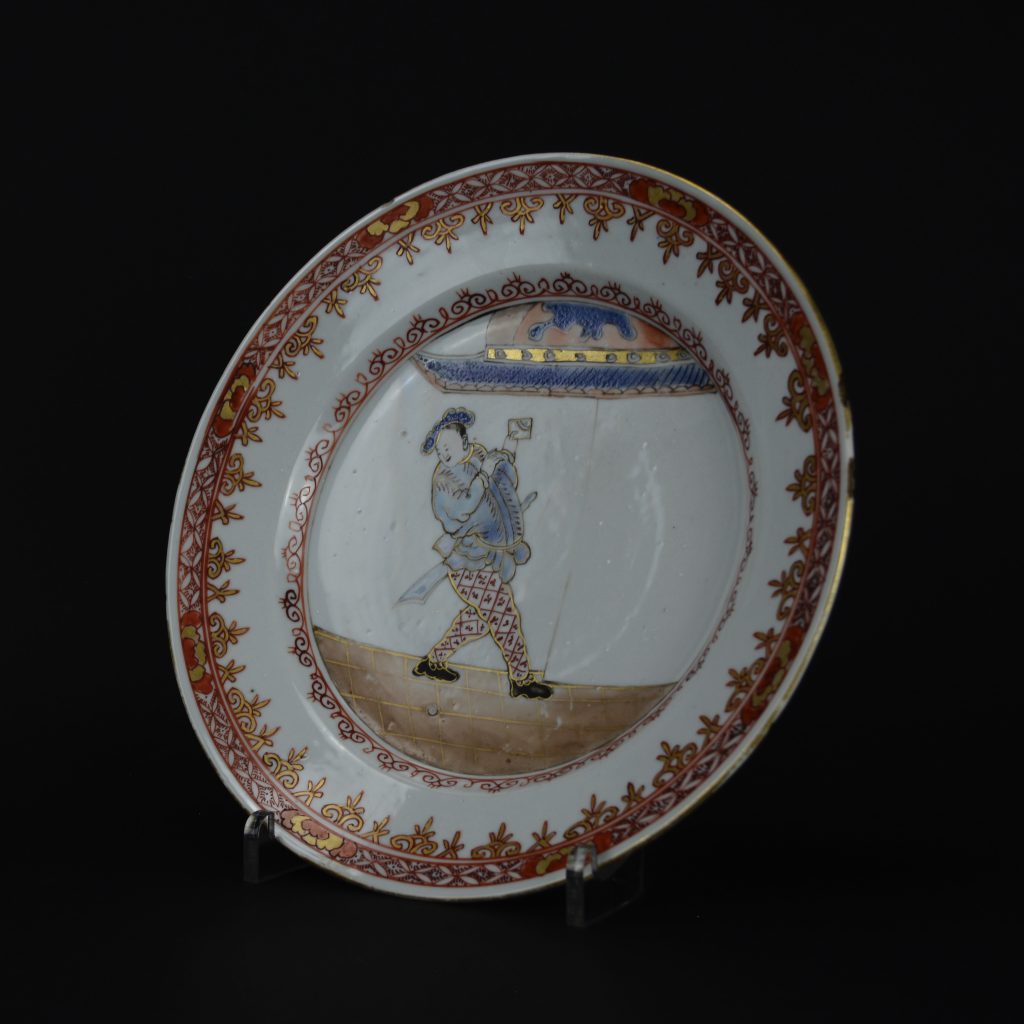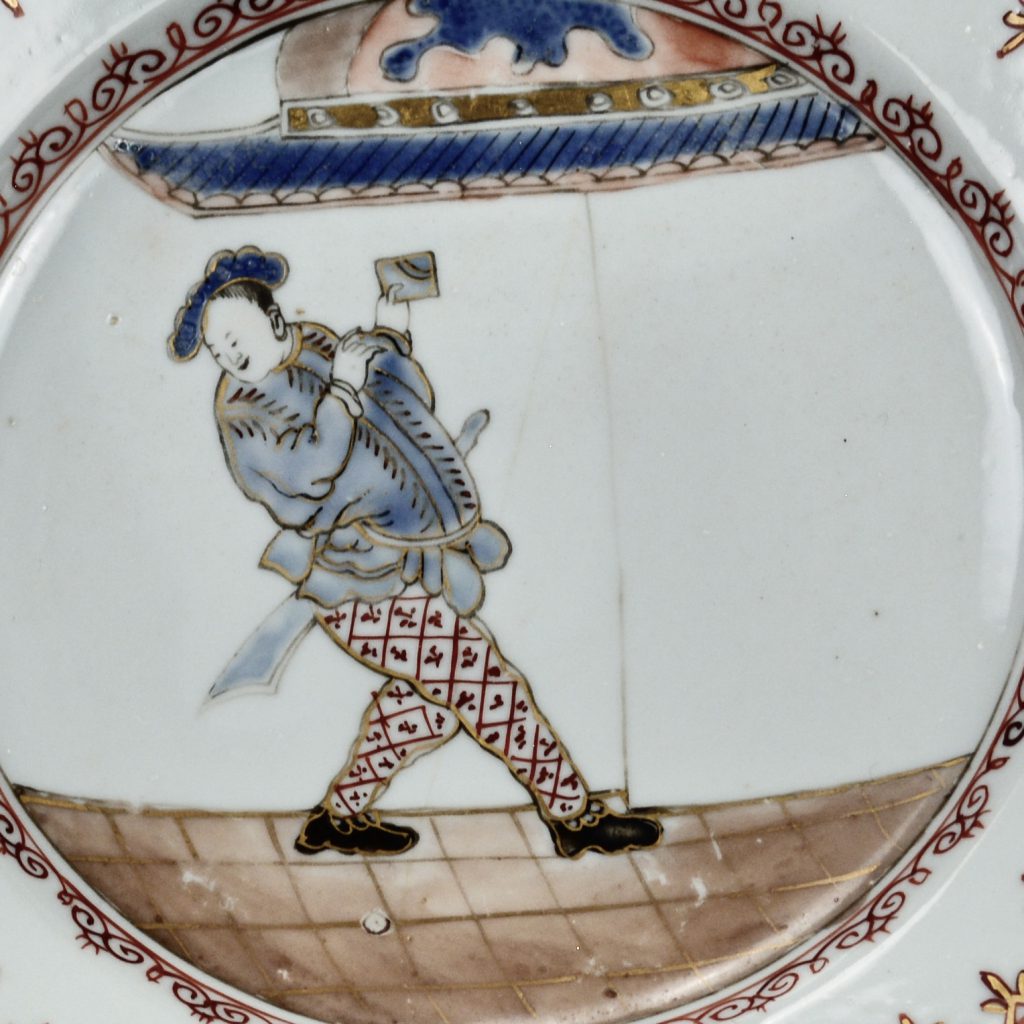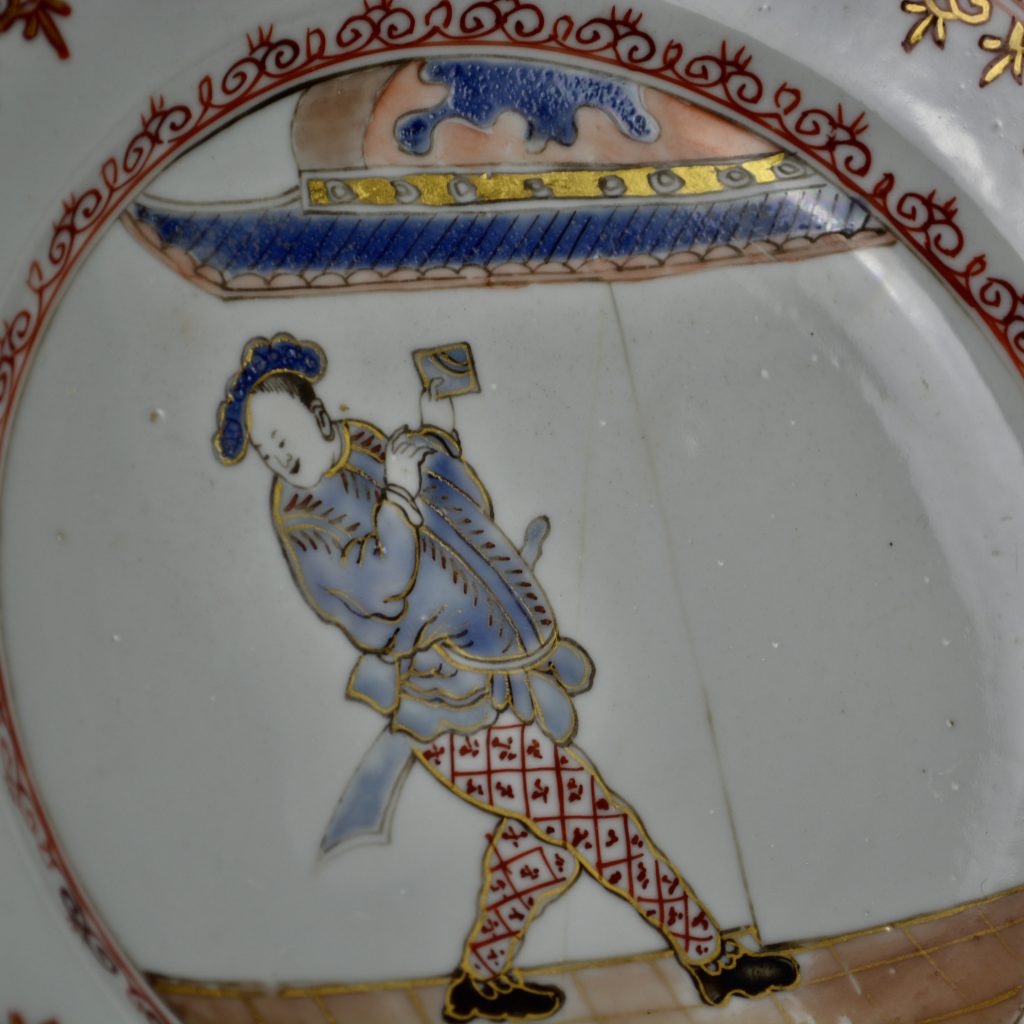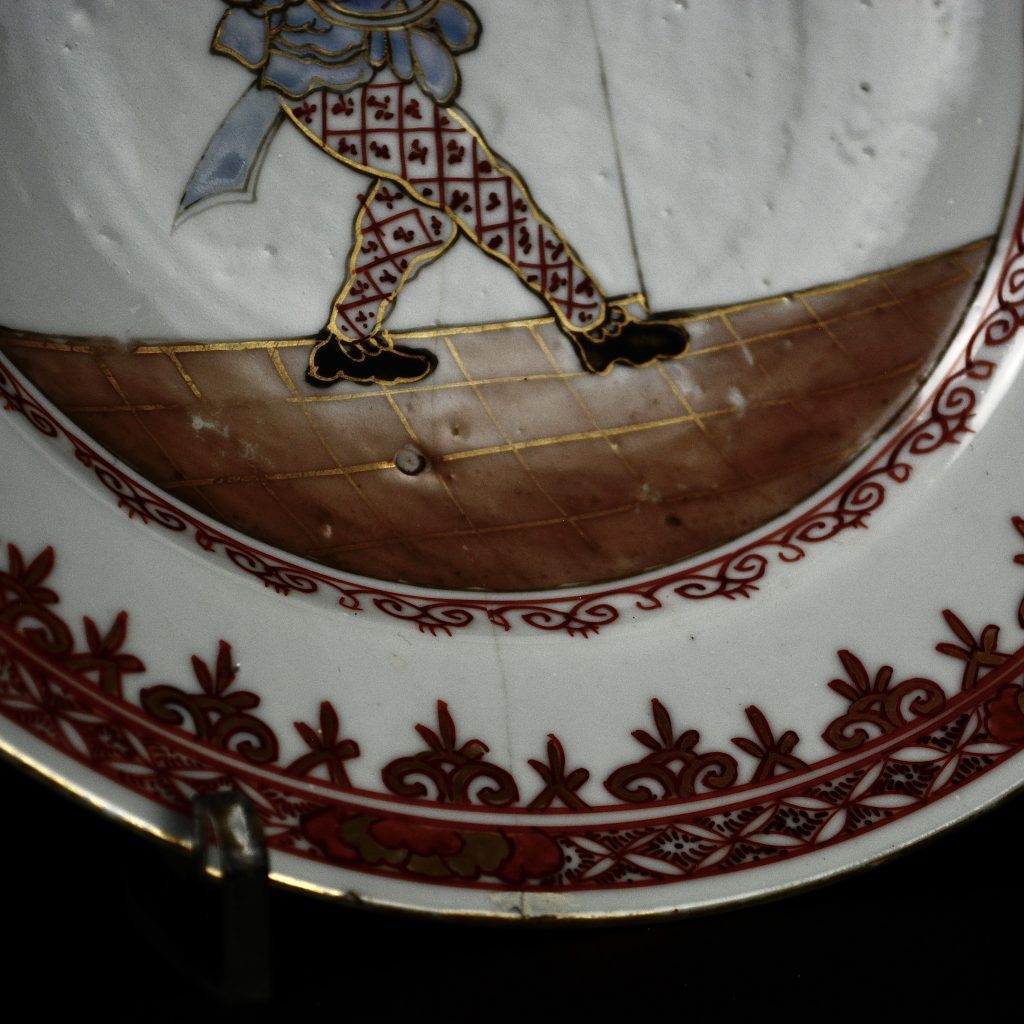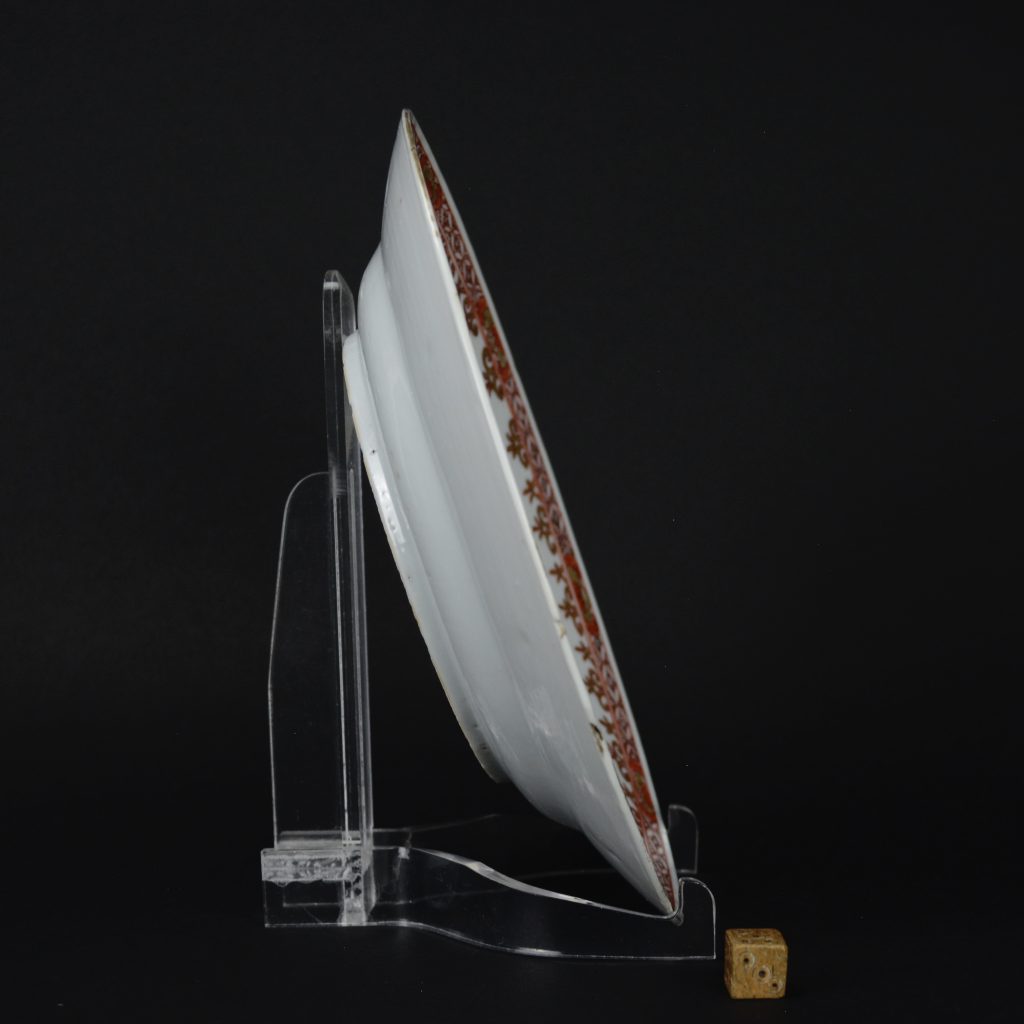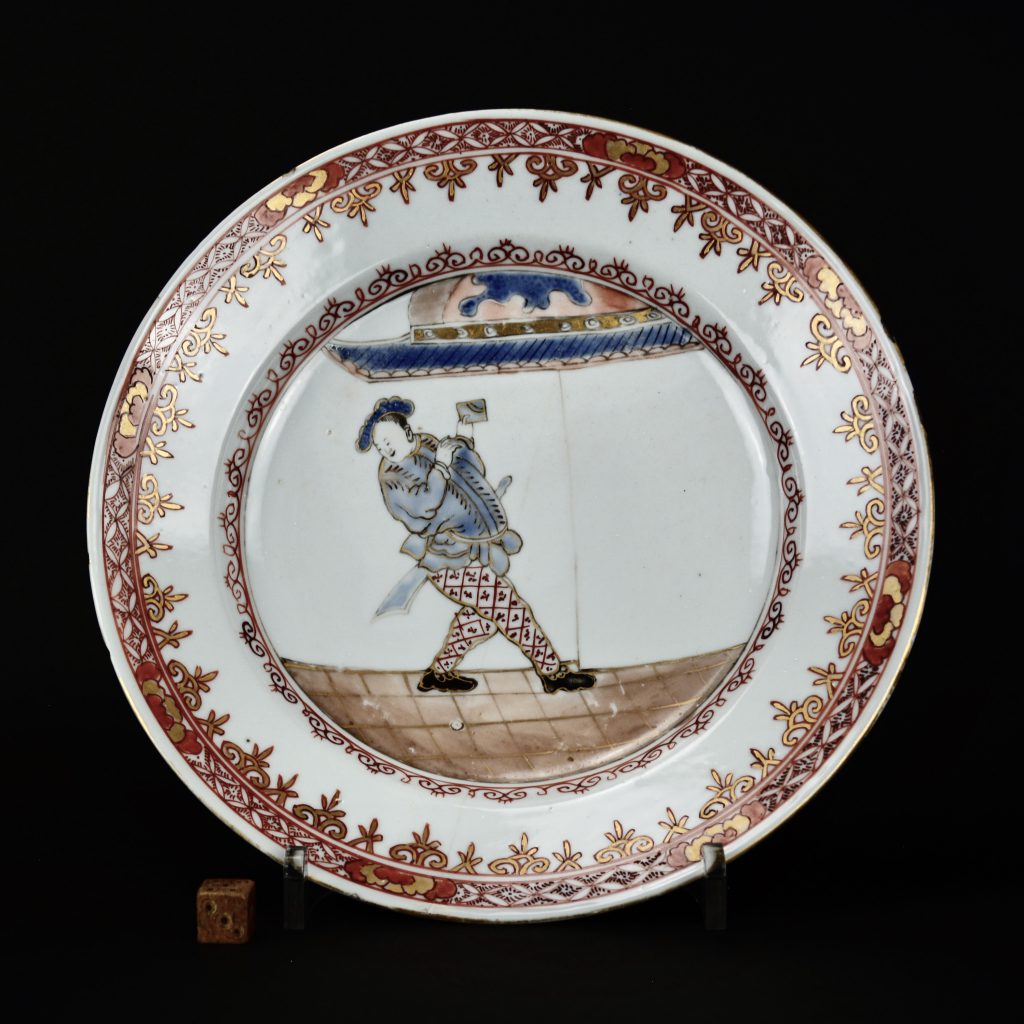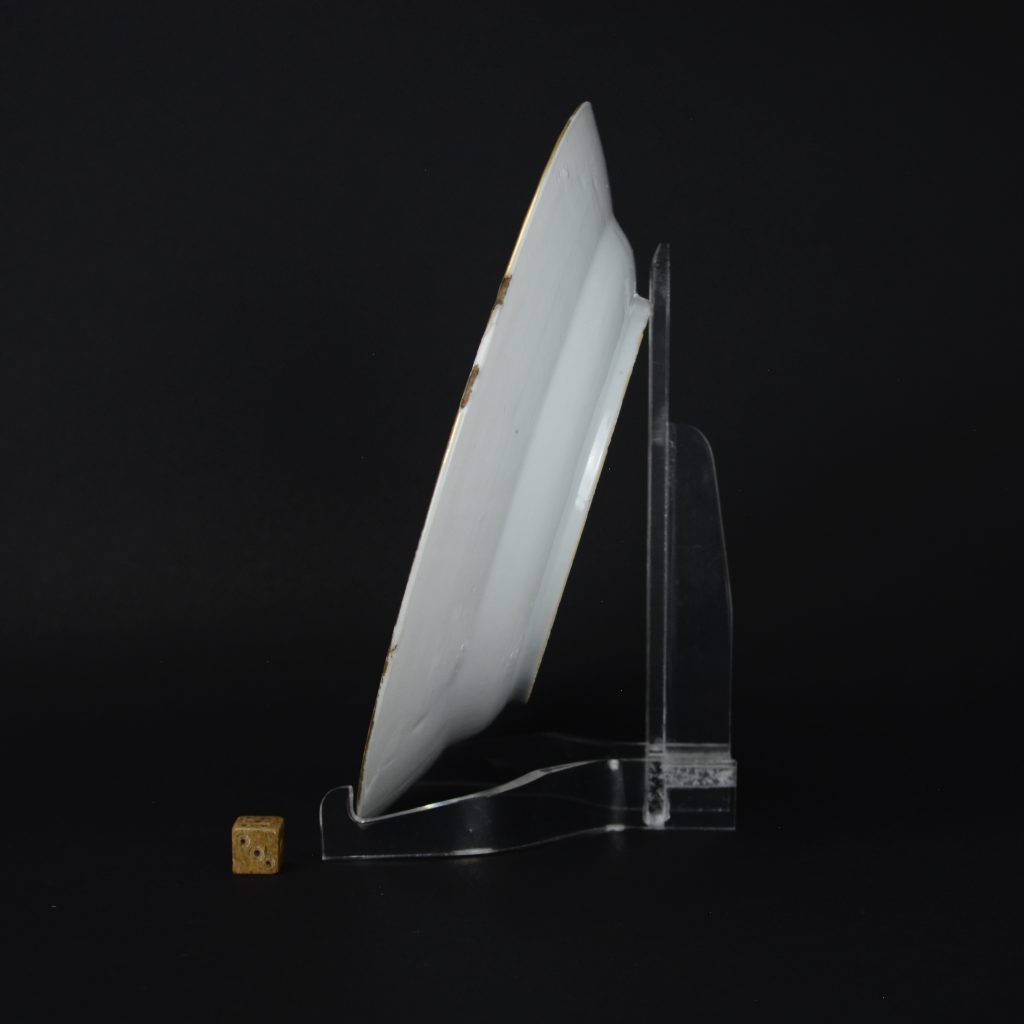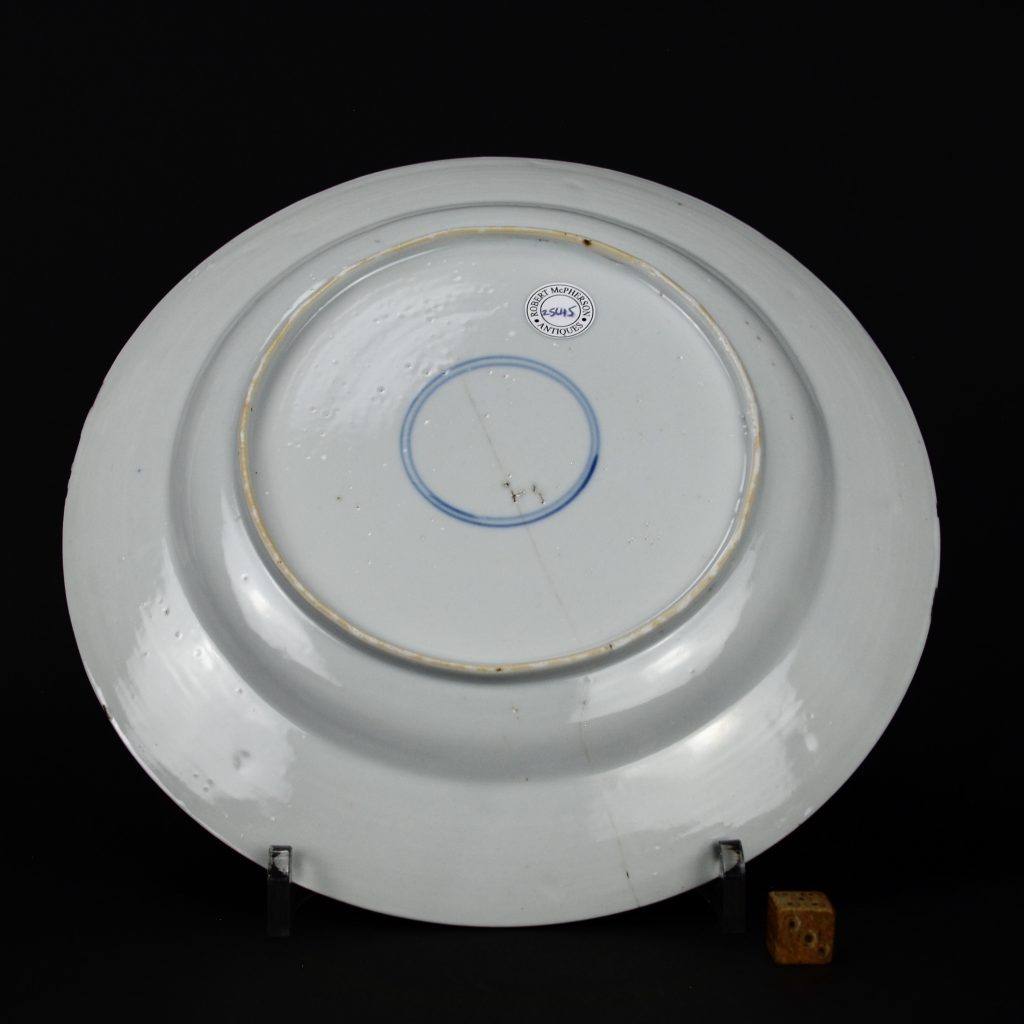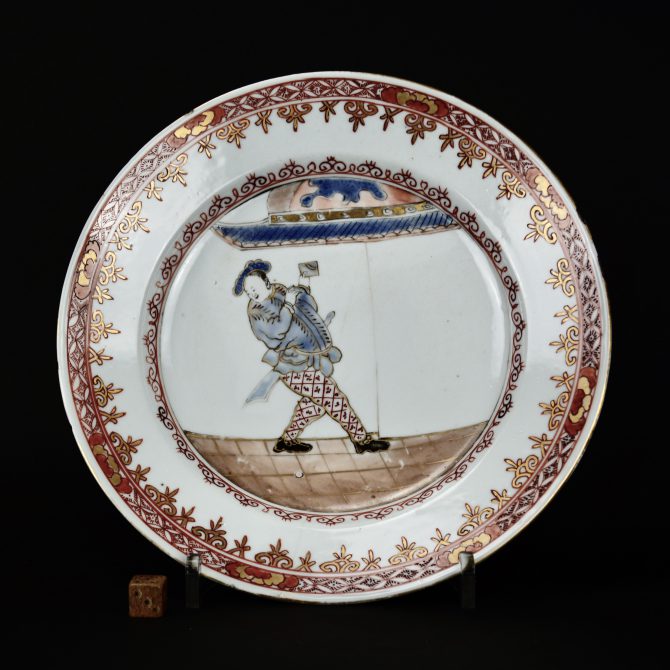
An 18th Century Chinese Export Porcelain Commedia dell’arte South Sea Bubble Plate
An 18th Century Chinese Export Porcelain Commedia dell’arte South Sea Bubble Plate, Kangxi or Yonzheng c.1721 – 1725. I believe five different versions of Commedia dell’arte South Sea Bubble Dish are known, this comes from the rarest set without inscriptions. This type is referred to as “Série B” by Francois et Nicole Hervouët (see references). See details about the South Sea Bubble below the picture gallery.
SOLD
- Condition
- In poor condition. The plate is broken in two and restuck. Fritting to the rim.
- Size
- Diameter : 21.2 cm (8 1/4 inches)
- Provenance
- N/A
- Stock number
- 25645
- References
- For a complete set of six Chinese export plates of this group, Série 'B' see : La Porcelaine Des Compagnies Des Indes A Decor Occidental (Francois et Nicole Hervouet, Yves Bruneau. Flammarion, 1986. ISBN 2-08-010990-1) pages 216 and 217. For two Chinese porcelain dishes from this set see : Chinese Export Porcelain, Chine de Commande (D.F. Lunsingh Scheuleer, Faber and Faber, 1974. ISBN 0-571-08787-6) plate 2257 and 259. For a single dish from this series see ; L'Odyssée De La Porcelaine Chinoise (Musée National de Ceramique Sèvres. 2003). For two incribed dishes of this type see : The Choice of the Private Trader, The Private Market in Chinese Export Porcelain illustrated from the Hodroff Collection (David S.Howard, Zwemmer,1994. ISBN 0-302-00642-7) page 54, plate 25 .
Information
Chinese Export Porcelain Commedia dell'arte Plates Lampooning The South Sea Bubble
The five or so different sets of Chinese Export Porcelain Commedia dell'arte plates that were commissioned by the V.O.C. were made as propaganda. They helped counter the turmoil of the period, the Netherlands feared the financial crisis would threaten the wealth of the country and they needed to act. During the South Sea Bubble period of the around 1720, many popular prints, broadsheets and playing cards were produced lampooning man’s folly and worthlessness of shares. The Chinese plates that were commissioned to depict these disastrous times had to been produced as soon as it was possible. However, the journey to China as well as commissioning the designs and bringing them home obviously took time. This helps explain why there are also Dutch decorated Chinese porcelain examples, these could obviously have been made in a shorter time scale and were therefore ready for the market when the South Sea Bubble was very much current news. In the end the Netherlands escaped relatively well compared with Britain and France.
The South Sea Company was a British company founded in 1711. Officially it was called The Governor and Company of the merchants of Great Britain, trading to the South Seas and other parts of America, and for the encouragement of fishing. It was a public-private partnership aimed at consolidating and reducing national dept. The company was formed to trade in the South Seas and the West Indies but in reality, it was more of a financial management organisation than a real commercial venture. The company did not conduct real trade but depended instead on rising share prices to make a profit. When the company was founded, Britain was involved in The War of Spanish Succession. So, there was no real prospect of trade because Spain and Portugal controlled most of South America and therefore the South Seas. It was the dramatic rise in shares with its operations dealing with government debt that caused a sensation. The prices peaked in 1720 before suddenly collapsing to a fraction above its initial floatation value. This sudden collapse in the share price of 1720 led to panic, not just in Britain but in the Netherlands and beyond. It ruined thousands of investors and became known as the South Sea Bubble.
The theatrical entertainment of the Commedia dell'arte was at the height of its popularity during the financial scandals of the period 1718 to 1722. So, it is not surprising the chaotic escapades of the Commedia dell'arte were a perfect metaphor for the financial world turned on its head. England had the South Sea Bubble but in France upheaval was bought about by John Law's Louisiana, Mississippi and Eastern Companies.
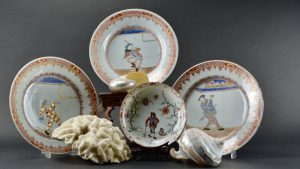
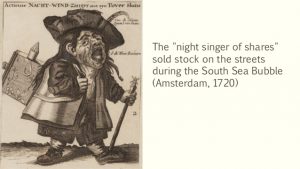
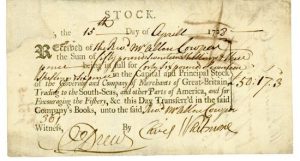
Sir Isaac Newton (1643 - 1727)
" I can calculate the path of heavenly bodies but not the madness of people"

